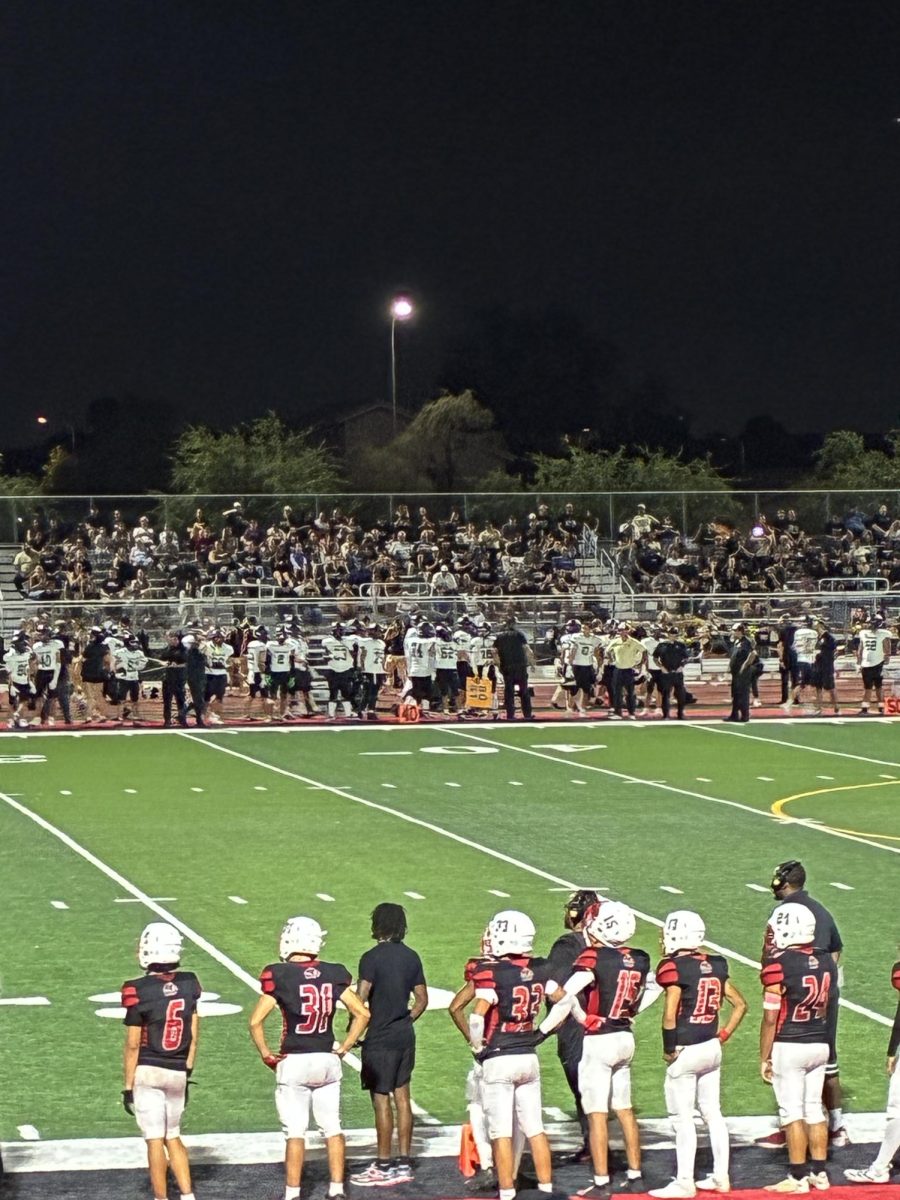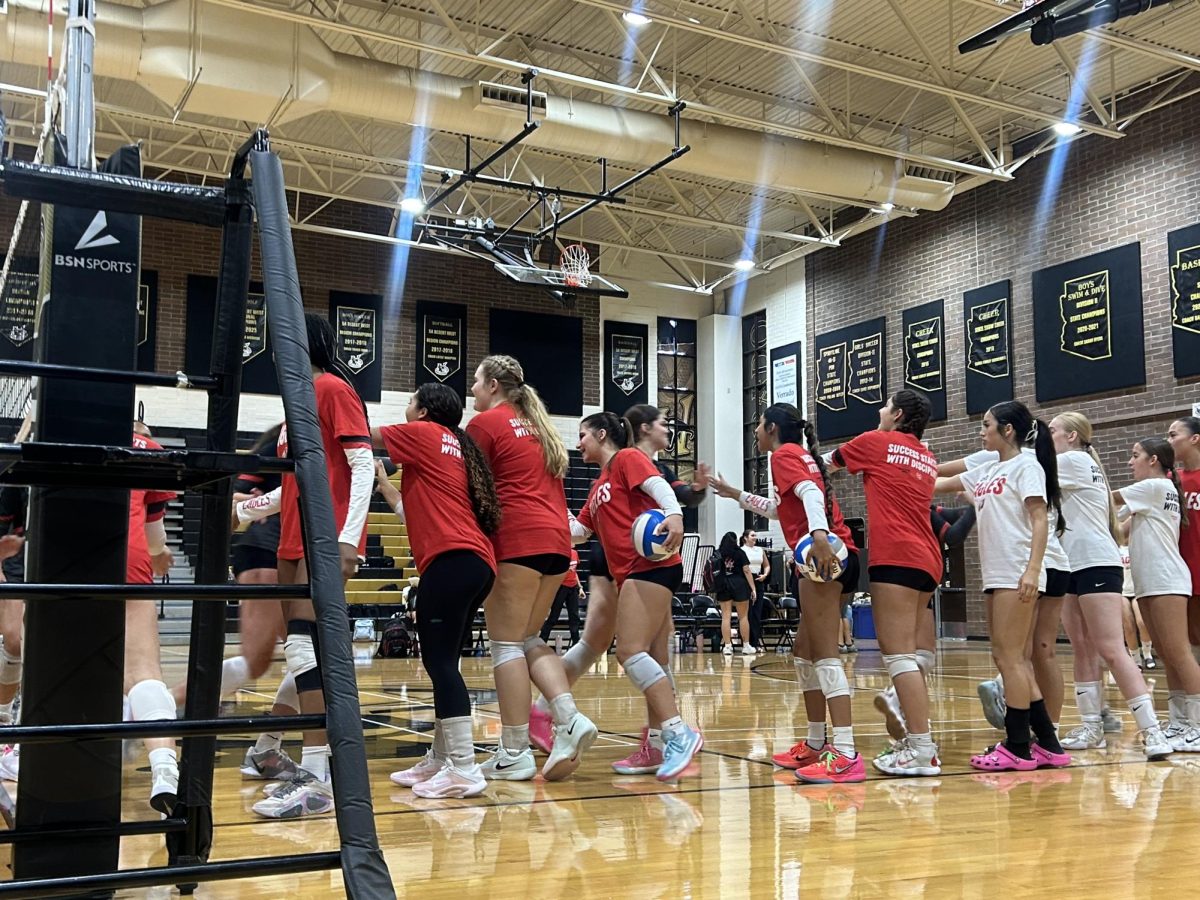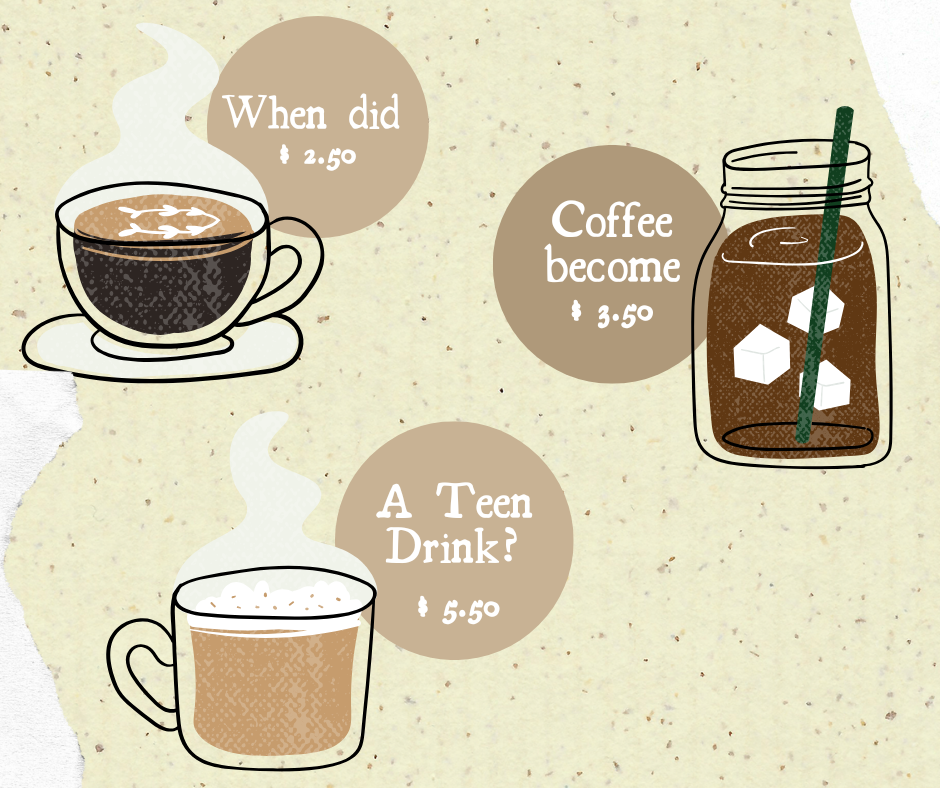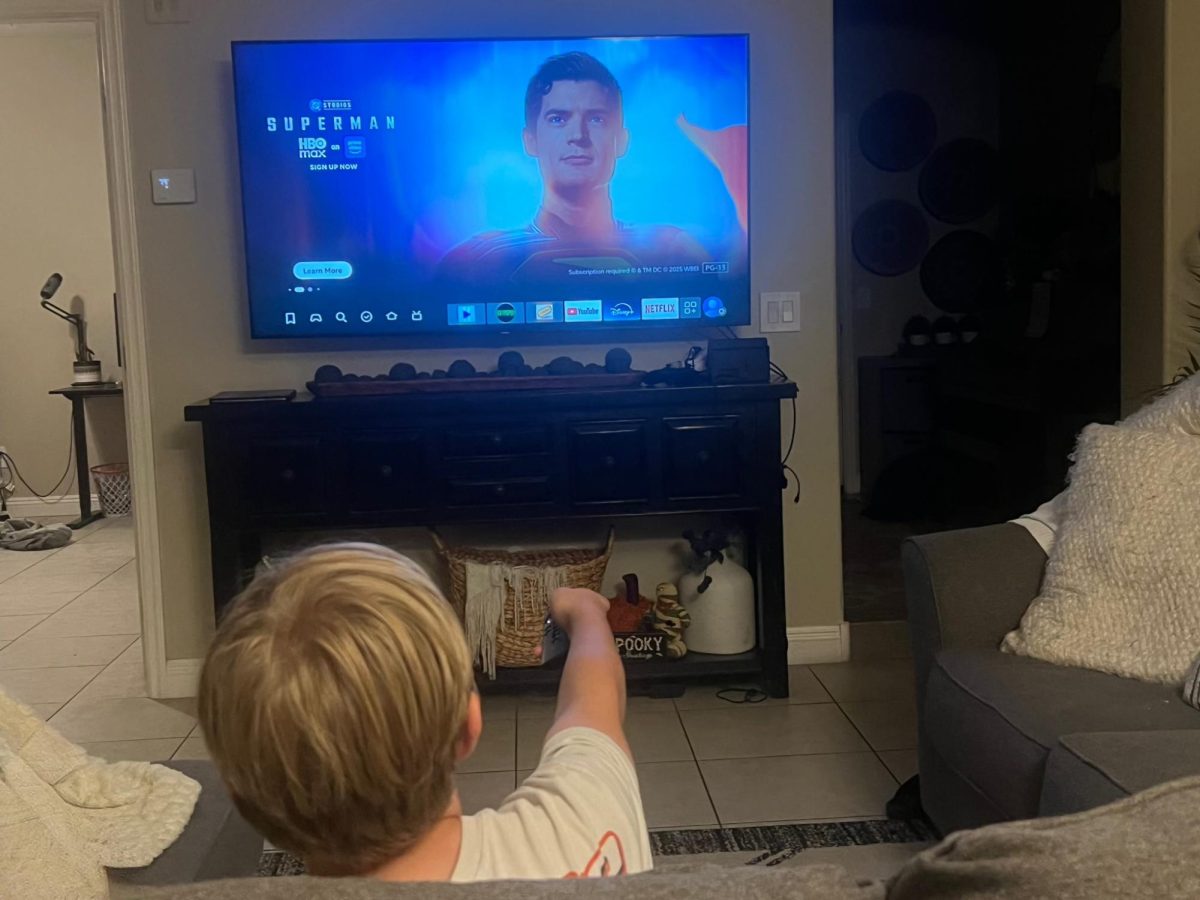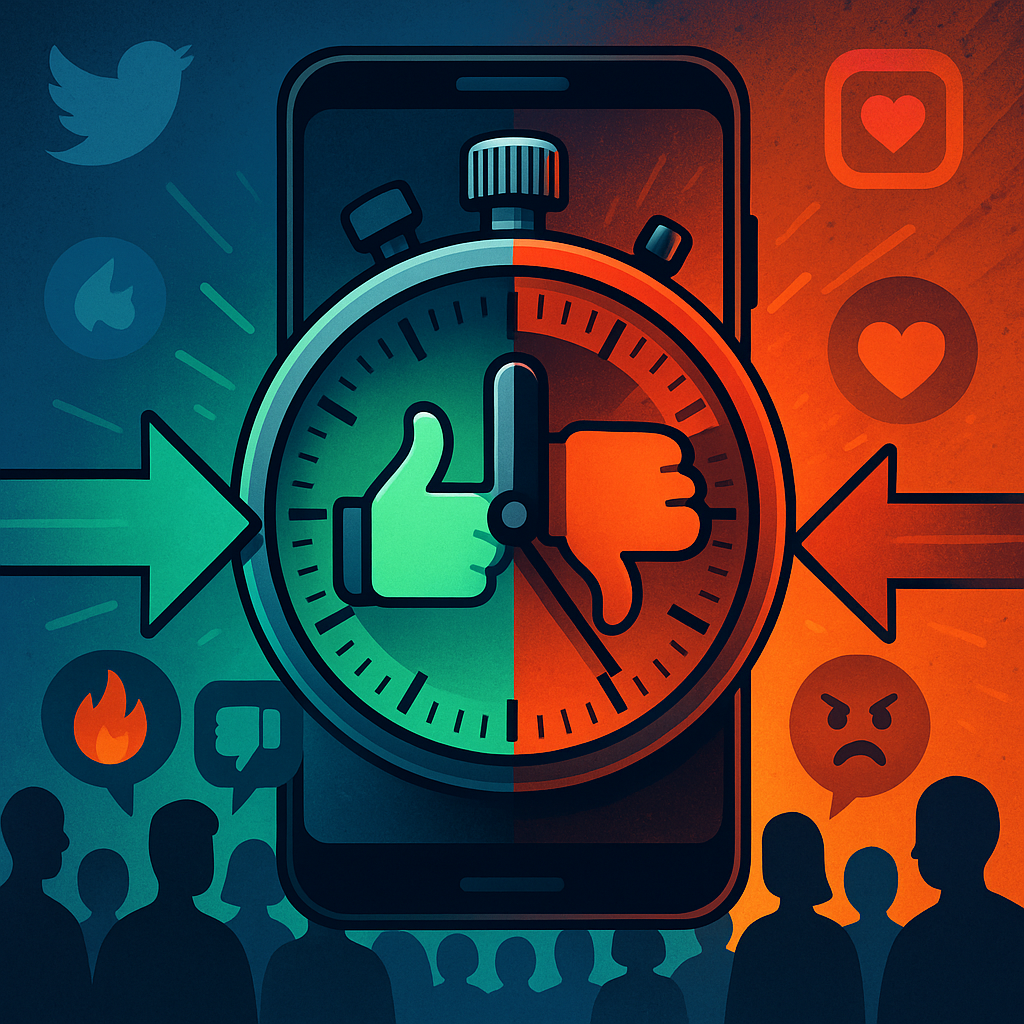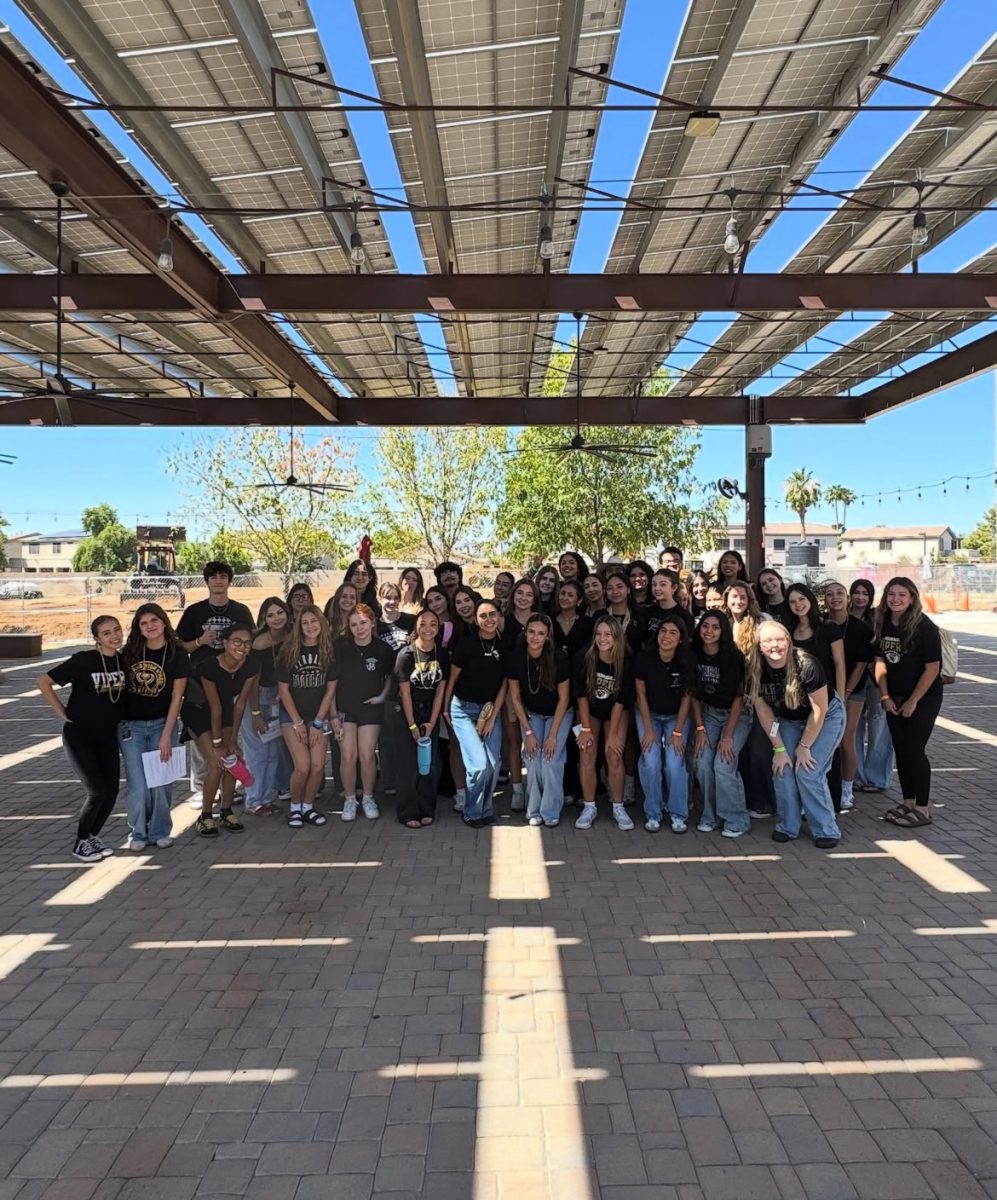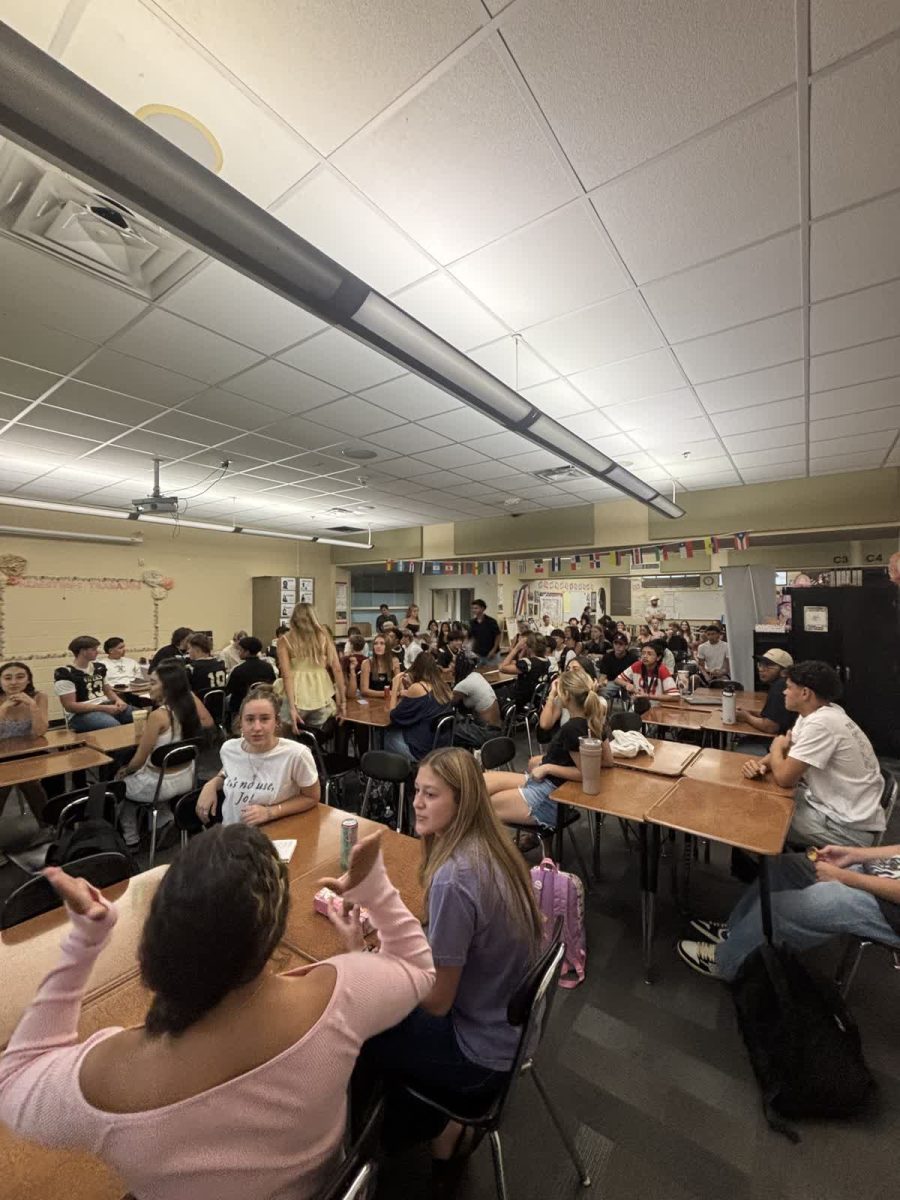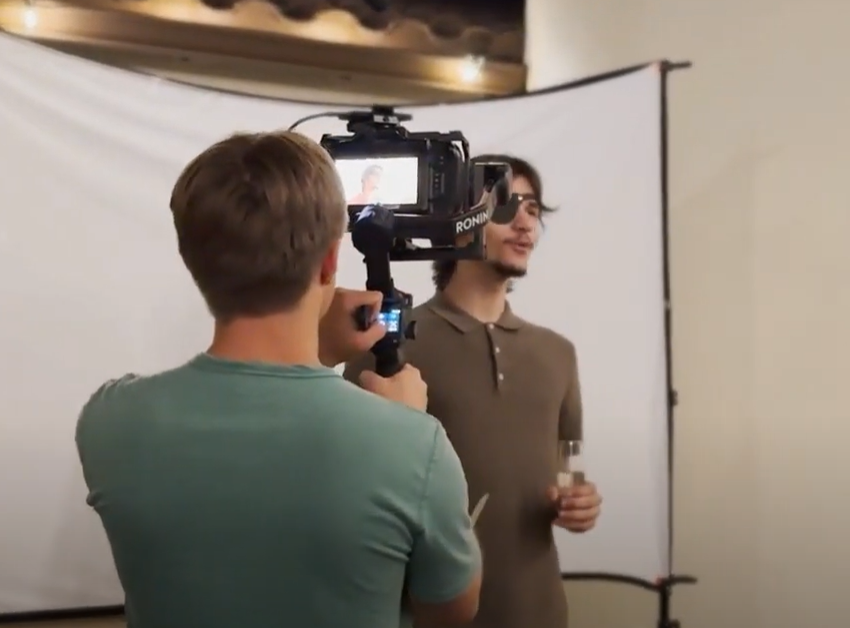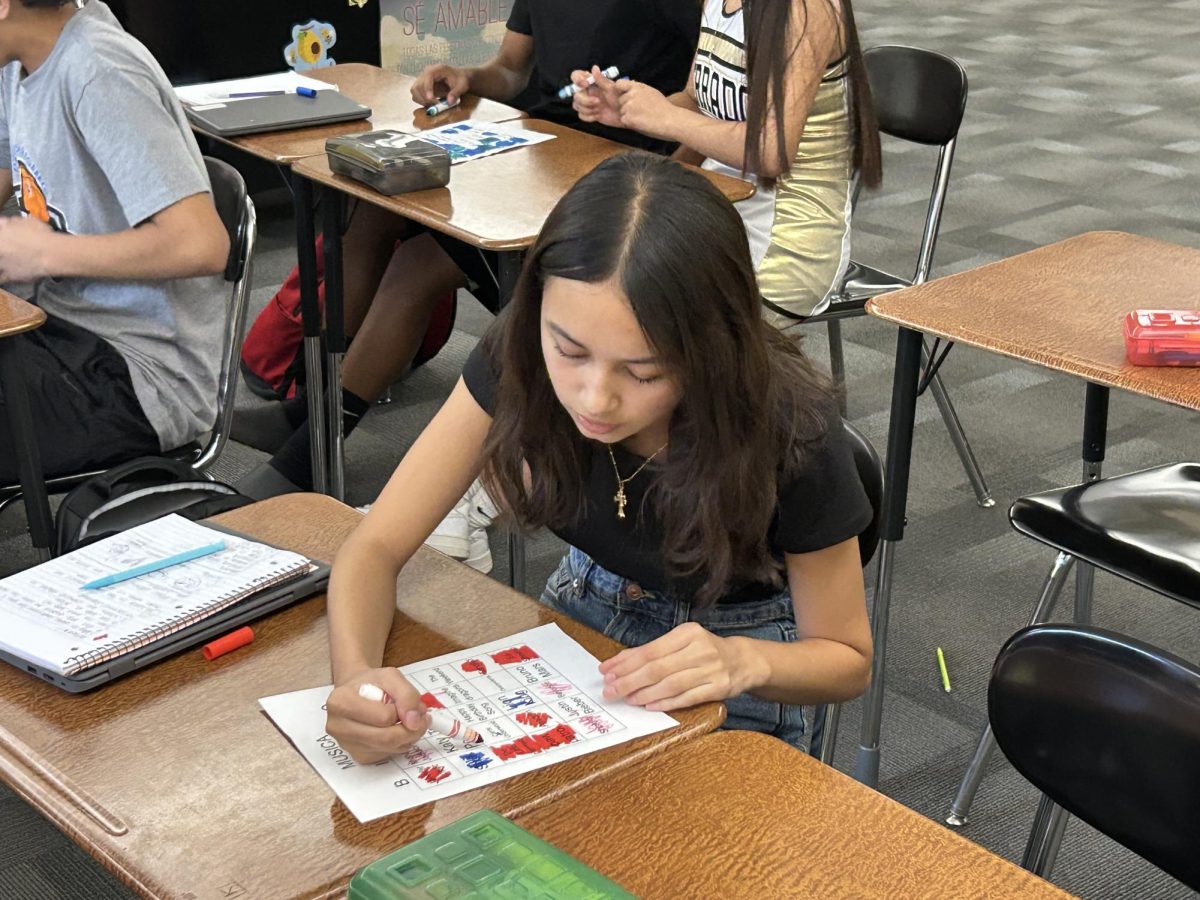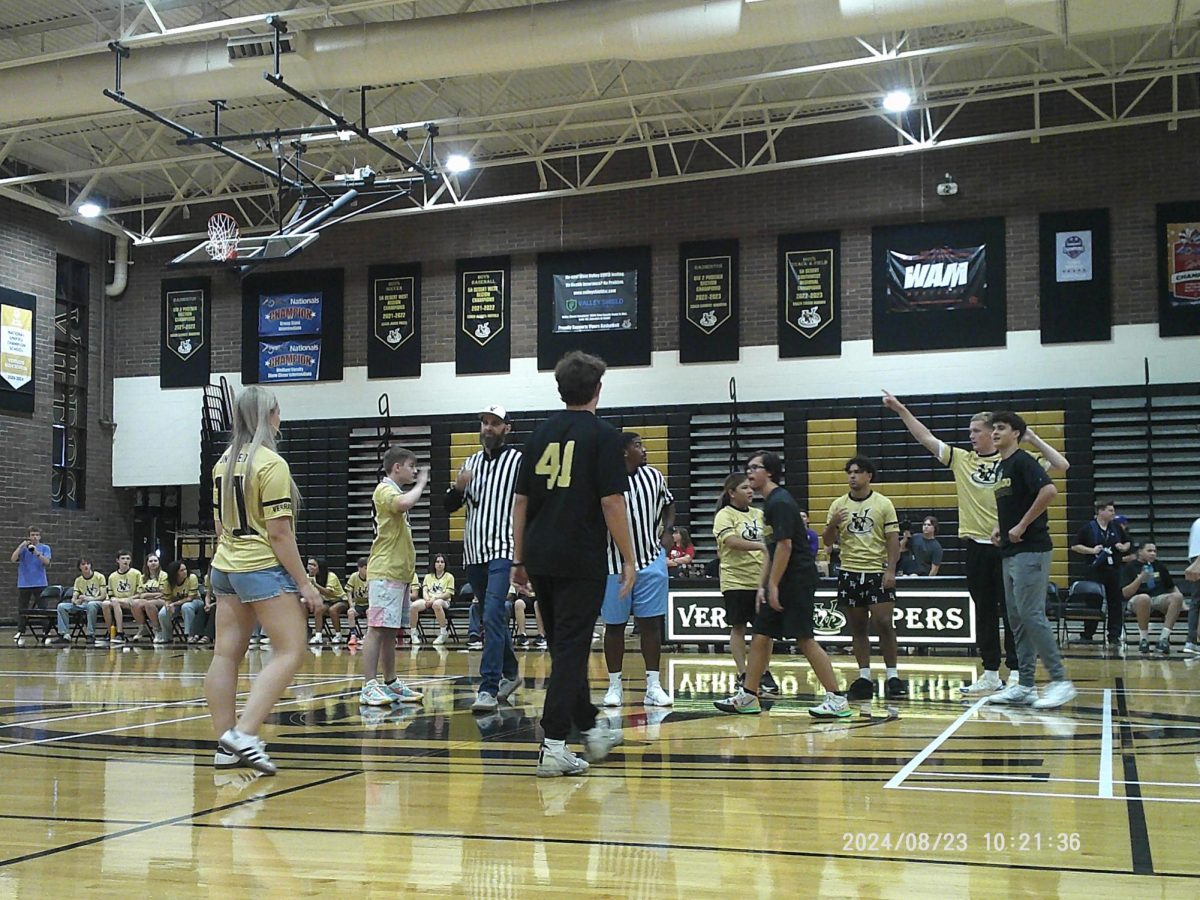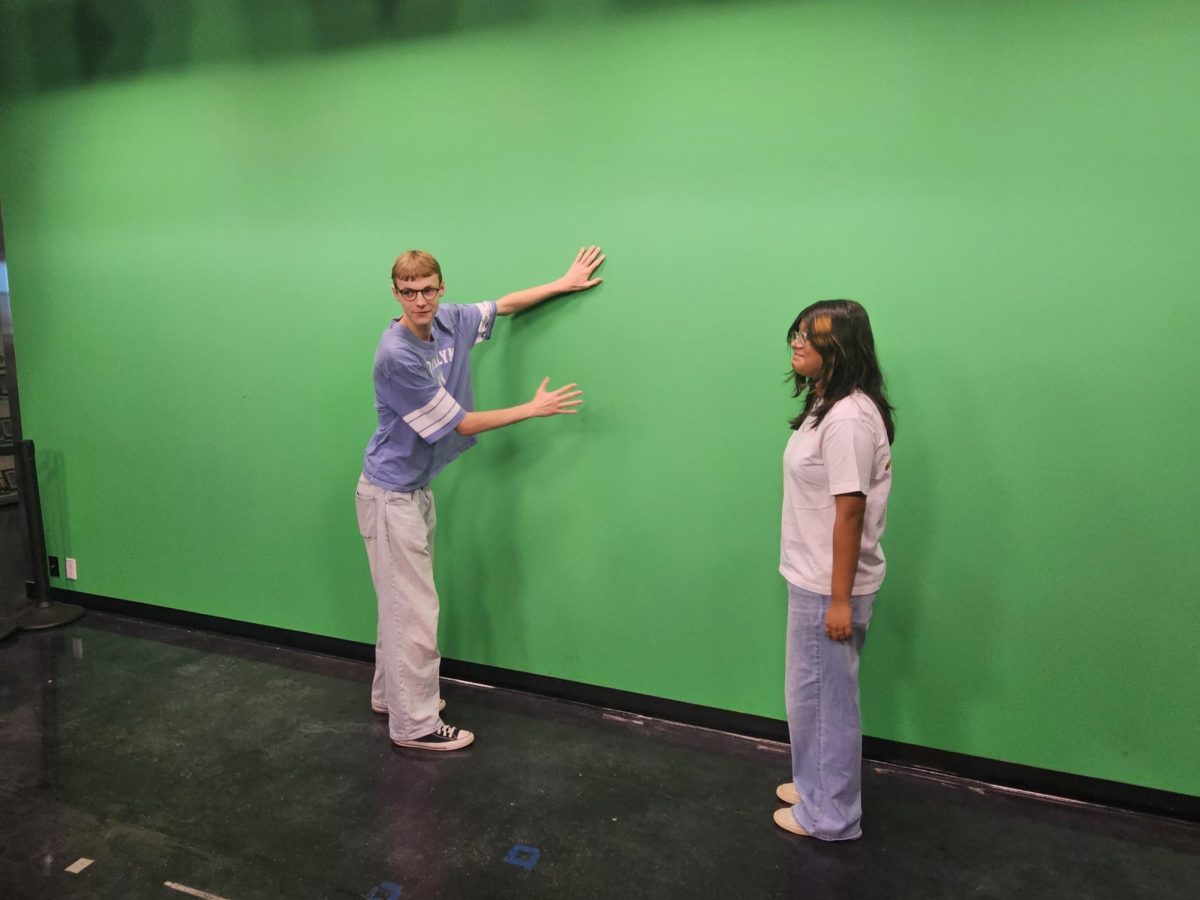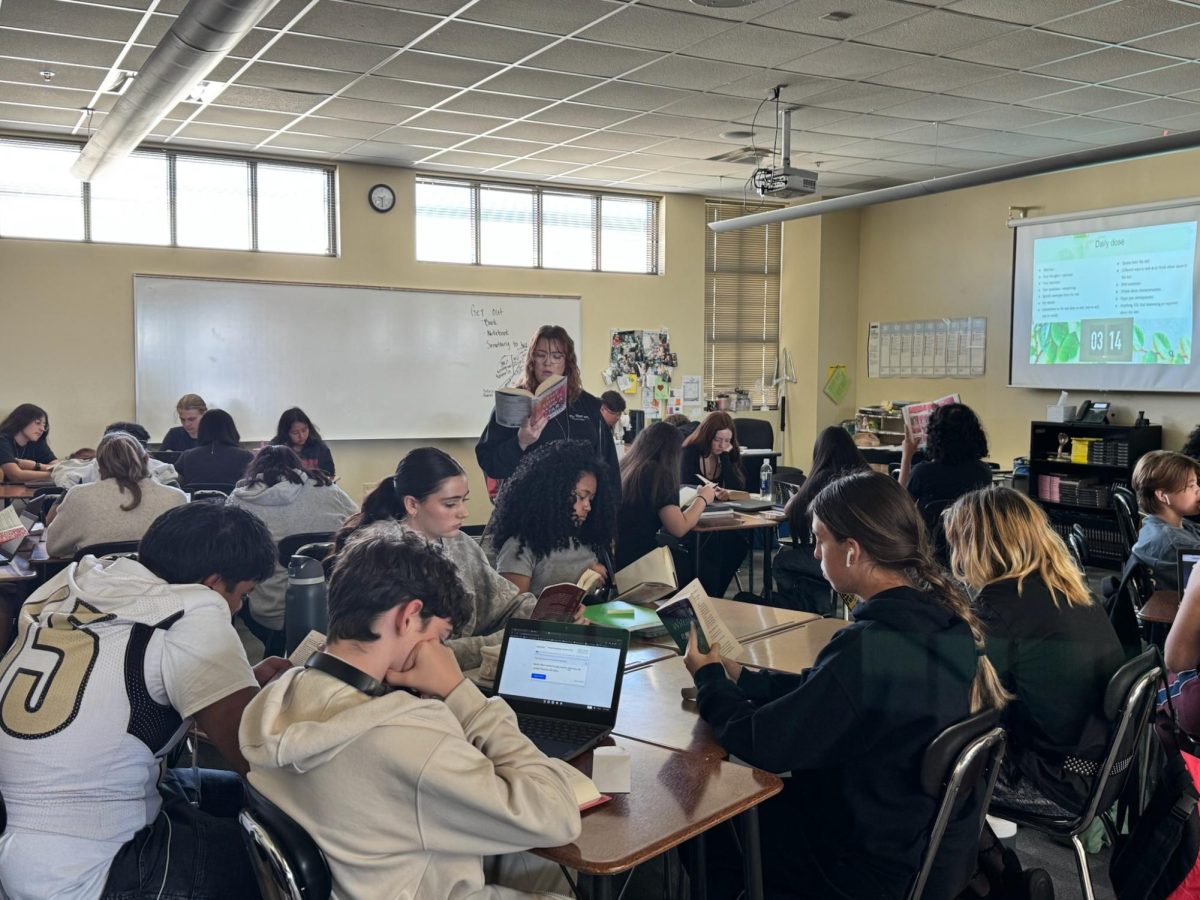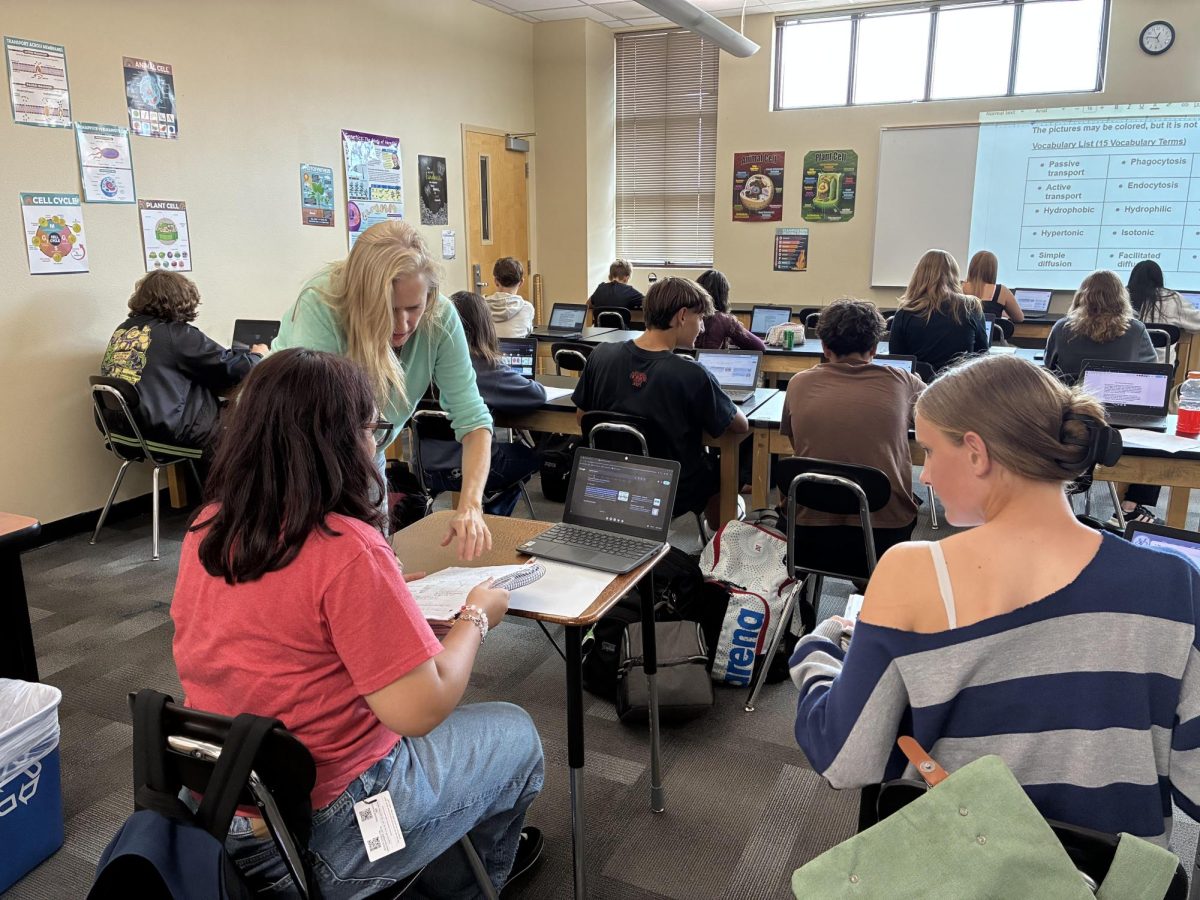How to Decipher Misinformation and Disinformation
Courtesy of geralt via Pixabay
Fake news can be found all around: in the newspaper, the internet, or in conversations.
In today’s society, misinformation and disinformation spread constantly and can be difficult to discern from the facts. Although often confused, misinformation refers to the spreading of wrongful information, usually in an indeliberate manner, while disinformation refers to spreading wrong information to deceive one’s peers. While the difference lies in the intent, both can be highly damaging.
Many available strategies can help determine the information’s reliability. Through these strategies, navigating the internet can be extremely simple, a necessary skill for the current day.
Many individuals get their information from social media, whether it is through TikTok, Youtube, or other platforms. They rely on content creators to keep up with many topics, such as drama or movie reviews and tend to take what the content creators say at face value. Taking this course of action can be very risky.
“Many sources will create something that they think a group of people will want to hear because it gets the most clicks whether it’s truthful or not,” explained Mrs. Palmgren, the B Wing counselor. If people take that information and spread it to others, the consequences could be extreme. If false allegations about a celebrity become popular across social media, it could tarnish the celebrity’s reputation and mental health. To avoid these situations, Mrs. Palmgren recommends “remain[ing] objective, us[ing] your critical thinking, and not accept[ing] one’s opinion as fact.”
When acquiring information from a content creator, questions must arise. One must ask if the content creator states their sources, has no biases, or has no repeated history of spreading false information. If the answer to either of these statements is no, it should be considered a red flag.
If the content creator does state their sources, do some research. See if the source is credible and matches what was presented by the content creator. If this sounds like a lot of work, it may be best to refrain from content creators and find other reliable sources.
Kevin Reinhardt is a student in Journalism who recommends that people “take a look at multiple sources as many of them only show one side of the story.” For online sources, websites such as Associated Press and The New York Times are well-known for their factual basis.
Another common strategy for deciphering misinformation and disinformation is lateral reading. Lateral reading refers to researching the source while reading it. Using this strategy helps evaluate the article’s credibility and discover any potential conflicts of interest regarding the writers of the source.
The final important thing to consider is whether the information presented is opinion or fact. Newspapers and online articles will have sections based on their opinion separate from their actual reporting. In those cases, they are meant to be persuasive and not necessarily informative and should not be used to receive everyday information.
Your donation will support the student journalists of Verrado High School. Your contribution will allow us to purchase equipment and cover our annual website hosting costs.



